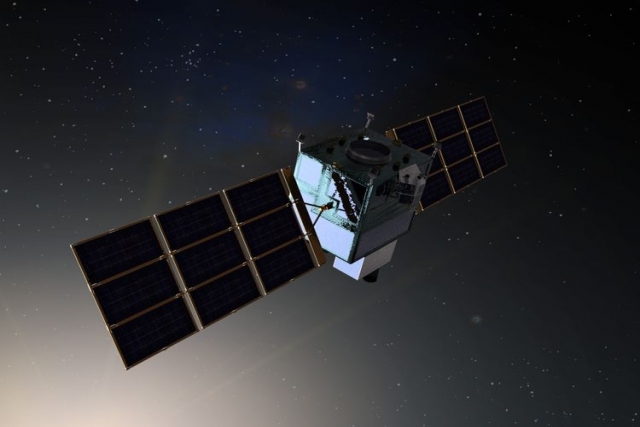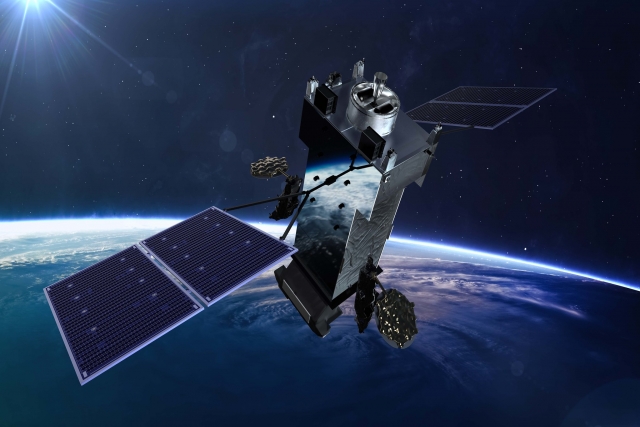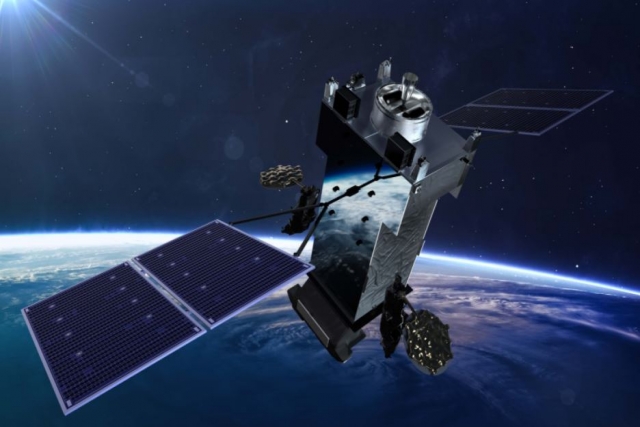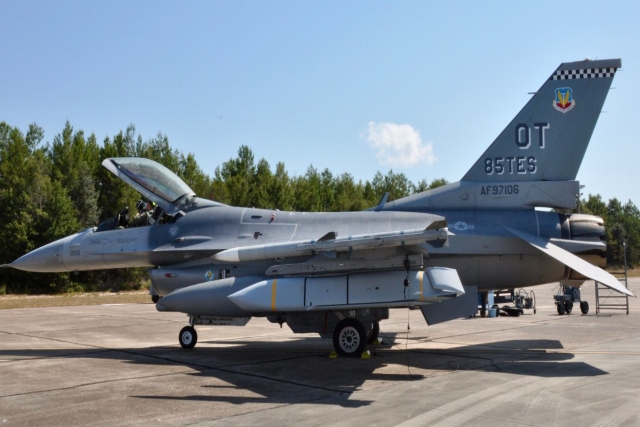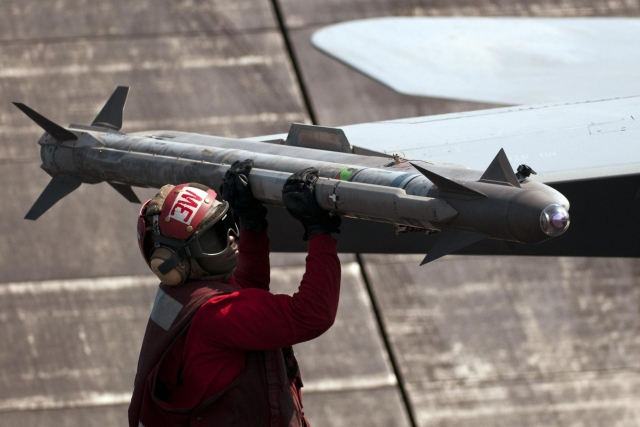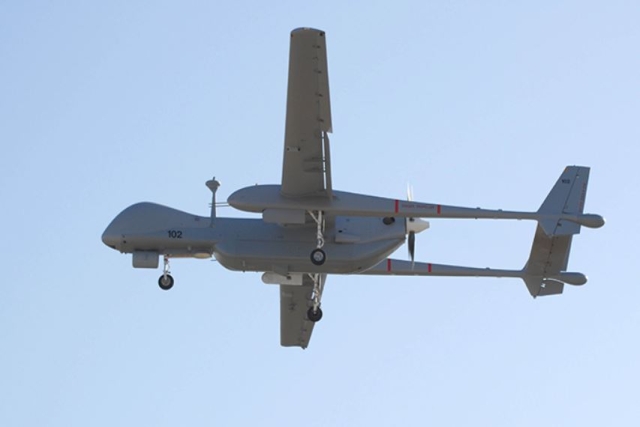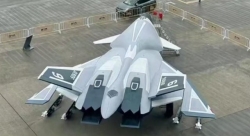Northrop Grumman Completes Design Review of Future Missile Warning Satellite
Modernizing Missile-Warning Infrastructure

Northrop Grumman has successfully completed a Critical Design Review (CDR) for the Relay Ground Station-Asia (RGS-A) under a contract with the U.S. Naval Information Warfare Center (NIWC) Pacific, acting on behalf of the U.S. Space Force's Space Systems Command.
The development is in support of both current and future missile-warning satellites. The CDR affirms Northrop Grumman's capability to modernize the existing missile-warning system, with an installation date set for 2025, 18 months ahead of the contract's conclusion.
In collaboration with L3 Harris Technologies, Northrop Grumman validated the designs during the CDR, which occurred only four months following a successful Preliminary Design Review (PDR). The CDR encompassed various subsystem designs, validation and verification plans, methodology, and specifics of system integration in Guam. Calvin Pennamon, Director of Operational Exploitation Systems at Northrop Grumman, emphasized the company's dedication to meeting NIWC Pacific's schedule requirements and revolutionizing the Space-Based Infrared System (SBIRS) and Next-Generation Overhead Persistent Infrared (OPIR) missile-warning infrastructure in the Pacific region.
Relay Ground Station - Asia (RGS-A) antennas will be stationed in Guam to connect legacy and next-generation missile-warning and tracking satellites, bolstering the nation's defense capabilities. RGS-A is a pivotal element of the U.S. missile-warning system, enabling the U.S. Space Force's Space Systems Command to upgrade the existing missile-warning system with the Future Operationally Resilient Ground Evolution (FORGE) system.
A key aspect of the FORGE architecture is the development of relay ground stations with the capacity to support both existing and new satellite constellations, accommodating changes in bandwidth and availability as required.

